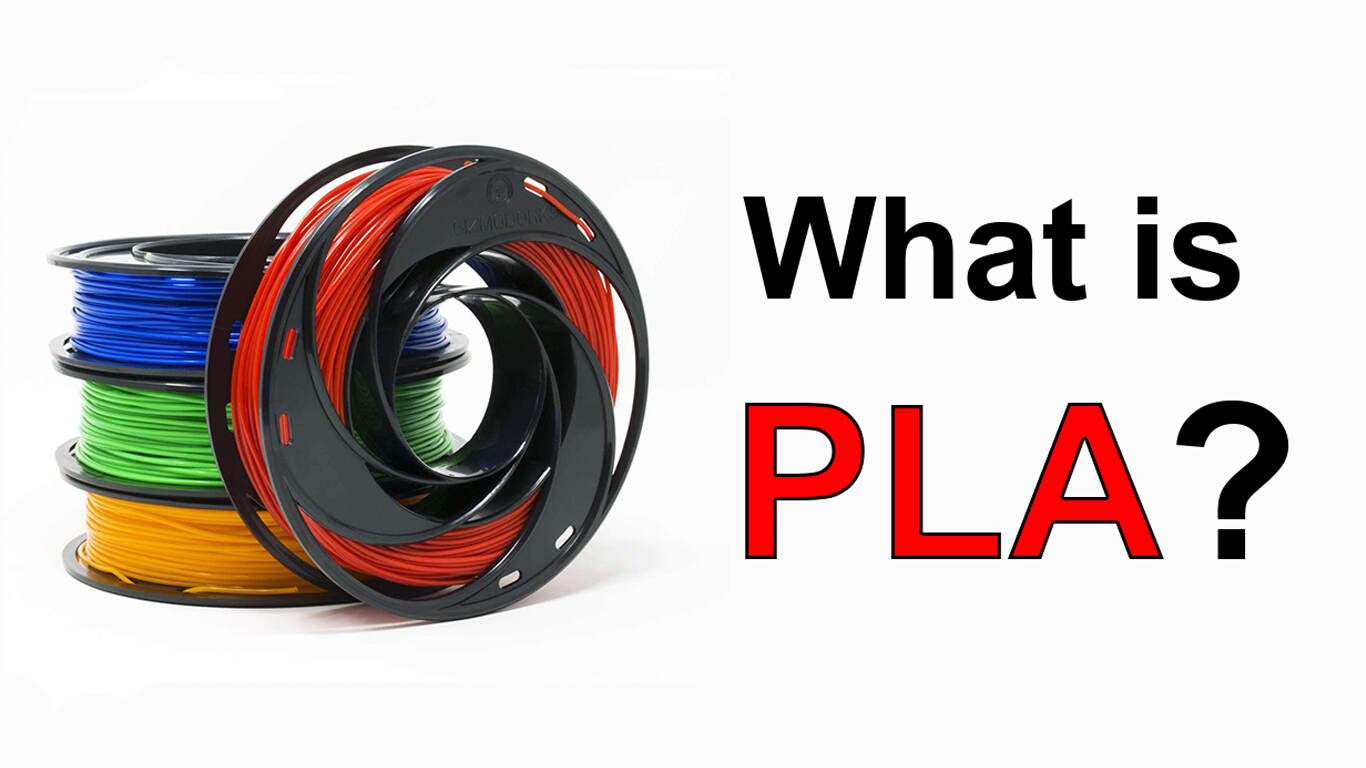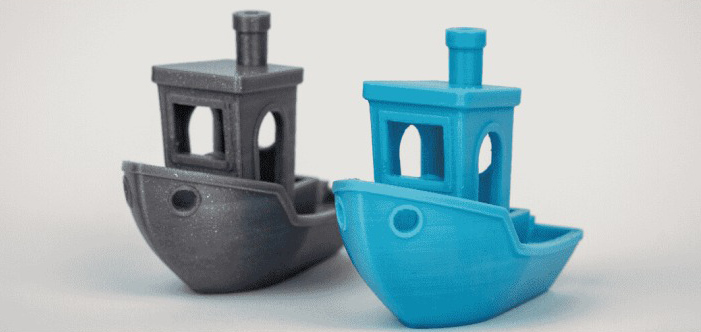รถเข็นของคุณว่างเปล่า!

All You Need to Know About PLA for 3D Printing
- Abdulrahman Alhamed
- 08 Nov 2022
- 506
As a 3D printing user, we are pretty sure that you have used PLA filament before but have you ever wondered what is PLA actually and why it is so popular compared to other filaments?
In this post, we will answer these questions and will take a closer look at its advantages and limitations, as well as optimal printer settings.
What Is PLA?

Source: etsy
Polylactic Acid, commonly known as PLA, is one of the most popular materials used in 3D printing. Its low cost and ease of use make PLA filaments the perfect starting point for 3D printing. PLA is available in various colors and blends, also it is environmentally-friendly material, derived from crops such as corn and sugarcane, PLA is renewable and most importantly biodegradable. However, the brittleness of the material makes PLA more suitable for non-functional prototyping, decorative and low-stress applications.
Why Print With PLA?
- Low printing temperature: PLA has a relatively low printing temperature compared to other thermoplastics. This indicates that PLA has a lower chance to warp and clog the nozzle during printing. Additionally, PLA produces superior surface details and sharper features when compared to ABS and other thermoplastics with higher melting temperatures.
- Easy to use: One of the easiest materials to use as filament for 3D printing is PLA. The material easily adheres to a variety of surfaces and doesn’t require a heated print bed which, again, adds to its ease of use. PLA, unlike ABS, it doesn’t produce unpleasant fumes during printing.
- Variety of color and blending options: PLA is available in a wide variety of colors and blends. The material can also be mixed with wood, carbon, and even metal.
- Easy post-processing: PLA prints can be easily sanded, polished, and painted, which allows a better surface finish with a minimum of work.
PLA Limitations
- Low heat resistance: Due to its poor heat resistance, PLA cannot be used in applications involving high temperatures. PLA can easily deform under high temperatures, especially if under stress.
- Moderate-strength: PLA is typically weaker and has a lower tensile strength compared to the other filaments. PLA is quite brittle, which means the material is more suited to aesthetic rather than mechanical purposes.
- Not food safe: During the printing process tiny gaps and pores are created between the layers of your print. These gaps tend to keep moisture and bits of food, leading to a build-up of bacteria and mould.
Pros & Cons
Pros:
- Low Cost
- Easy to print
- Stiff and moderate strength
- Good dimensional accuracy
- Good shelf life
- Wide variety of colors/styles
- Biodegradable
Cons:
- Low heat resistance
- Can ooze and may need cooling fans
- The filament can get brittle and break
PLA Printing Requirement
- PLA printing temperature: (Necessary) 180-230°C
The temperature of the extruder on your printer varies from 180°C to 230°C depending on the diameter of the PLA filament (there are two: 1.75 mm and 2.85 mm). Generally, it’s best to start printing at a temperature of around 180°C and then adjust it as needed. If the printing temperature is too high, this can lead to oozing of melted PLA, resulting in a poor quality print.
- Heated print bed: (Optional) 45-60 °C
Even though it’s optional to heat the bed, a heated bed with PLA can help with bed adhesion and minimal warping, for better quality overall.
- Cooling fan: (Necessary) 100%
To achieve high-quality prints, it’s important to ensure a proper cooling process. It is strongly recommended to operate a part cooling fan at full power throughout the printing process.
- Enclosure: Optional
The enclosure is not necessary while printing with PLA. PLA benefits from cooling quickly and letting the layer set in place. This helps with overhangs and bridging especially.
 International
International Singapore
Singapore Malaysia
Malaysia Thailand
Thailand Vietnam
Vietnam